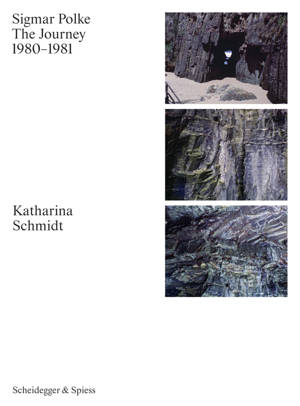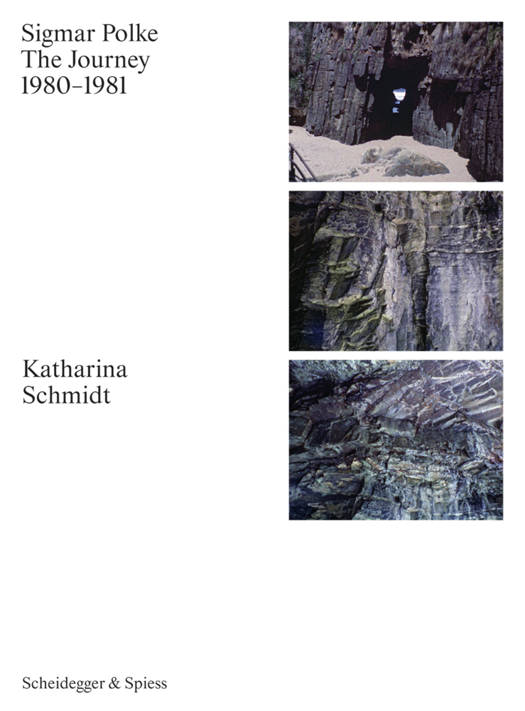
- Retrait gratuit dans votre magasin Club
- 7.000.000 titres dans notre catalogue
- Payer en toute sécurité
- Toujours un magasin près de chez vous
- Retrait gratuit dans votre magasin Club
- 7.000.0000 titres dans notre catalogue
- Payer en toute sécurité
- Toujours un magasin près de chez vous
Description
In 1980, German artist Sigmar Polke (1941-2010) and Britta Zoellner, a close friend of Polke and an artist herself, set off for Southeast Asia from the vibrant art scene in Germany's Rhineland region. A planned period of quiet work on Bali evolved into a 13-month journey from Indonesia via Singapore to Papua New Guinea, Australia, Tasmania, and back to Malaysia and Thailand. Fascinated by the ancient high cultures, the gamelan music and wayang puppet theatre, they increasingly turned their attention to Indigenous societies and their ways of life, but above all to nature, the tropical fauna and flora.
Based on Zoellner's diary entries, films and photographs taken during their extensive tour, as well as other unpublished sources, distinguished art historian Katharina Schmidt traces this little-known journey in chronological detail for the first time. She examines how the intense experience of other cultures and grandiose landscapes, including the discovery of cosmic events through meteorites, moved Polke. She explores how rich nuances of color impressions and a wealth of observations and experiences shaped his future art, his concept of nature, and his ideas of space and time. Empathy for the Indigenous peoples' fate under colonial rule, and for a nature endangered by exploitation of natural resources such as uranium or gold, reveals the attentive and far-sighted qualities of this quiet, concentrated journey undertaken by Polke and his companion.
Spécifications
Parties prenantes
- Auteur(s) :
- Editeur:
Contenu
- Nombre de pages :
- 480
- Langue:
- Anglais
Caractéristiques
- EAN:
- 9783039423057
- Date de parution :
- 23-10-25
- Format:
- Livre relié
- Dimensions :
- 240 mm x 325 mm

Les avis
Nous publions uniquement les avis qui respectent les conditions requises. Consultez nos conditions pour les avis.






